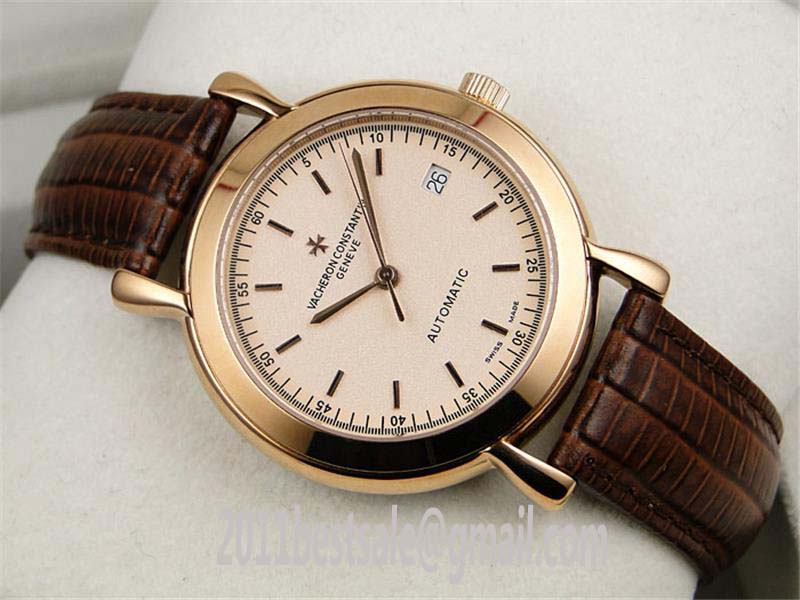
When the last decade and a half have witnessed a slow and inexorable upward creep of the cost of perfect replica watches, there have also been, more recently, some rather disruptive pricing strategies as well. Montblanc, for example, introduced a steel perpetual calendar in 2014 which is at a very cheap price. This year, Longines fielded an annual calendar, and several year ago, the TAG Heuer replica introduced the Carrera Heuer 02T, about which Patek Philippe’s Thierry Stern said, very bluntly, “(it’s) nearly a joke to me…if they’re willing to try to kill the quality of the Swiss product, I think they’re on a very good track.”
As much as it might have aroused ire in some quarters, however, the race to bring in traditionally very expensive complications at cheaper prices does make an interesting point, which is that given enough economies of scale, and with modern manufacturing techniques, it is possible to produce working, reliable versions of traditionally extremely expensive complications at surprisingly – even shockingly – low prices. You give up things like time-consuming hand finishing, of course, and you have lower expectations in terms of things like case complexity and dial quality, but at the current prices for a well-finished perpetual from one of the Big Three this alternative approach means an awful lot of people can get into high complications today, who couldn’t have five years ago.
As the promotion goes, I notice, the price still a Low. As a way of sweetening the pot, this year the replica TAG Heuer has launched a new version of the watch, which is a certified chronometer. And it’s not just any ole’ run of the mill COSC cert; instead, the watches will be certified by the observatory at Besançon, France – not far from the northern border of the Swiss Jura.
Besançon at one time had a thriving replica watch industry which, at its peak, employed over 20,000 workers; now only about 1,500 people work in the watch industry there, which collapsed thanks to the Quartz Crisis – most markedly with the closing of Lip, in 1975. The observatory there was, like the observatories at Kew in England, and Geneva, engaged in the certification of chronometers and it still occasionally does so today. The unique mark of certification by the Besançon observatory was, and still is, the so-called Tete de Vipere – the Viper’s Head. Besançon certified its first chronometer – a marine chronometer – in 1897, but got out of the business in the 1970s.
However, I have to say that in-the-ceramic, I was greatly impressed with the execution – the case is razor sharp and the dial, though the design may raise your hackles, is clean as a whistle. It looks pretty jazzy on the wrist, too; not the kind of watch towards which I’d normally gravitate but as with another of the fake TAG Heuer’s releases this year – the much-argued-over Bamford Monaco – I surprised myself by liking the cut of its jib much more than I’d have thought possible, and I do think the Besançon association is kind of neat.